Home>Garden Essentials>What Are Seeds
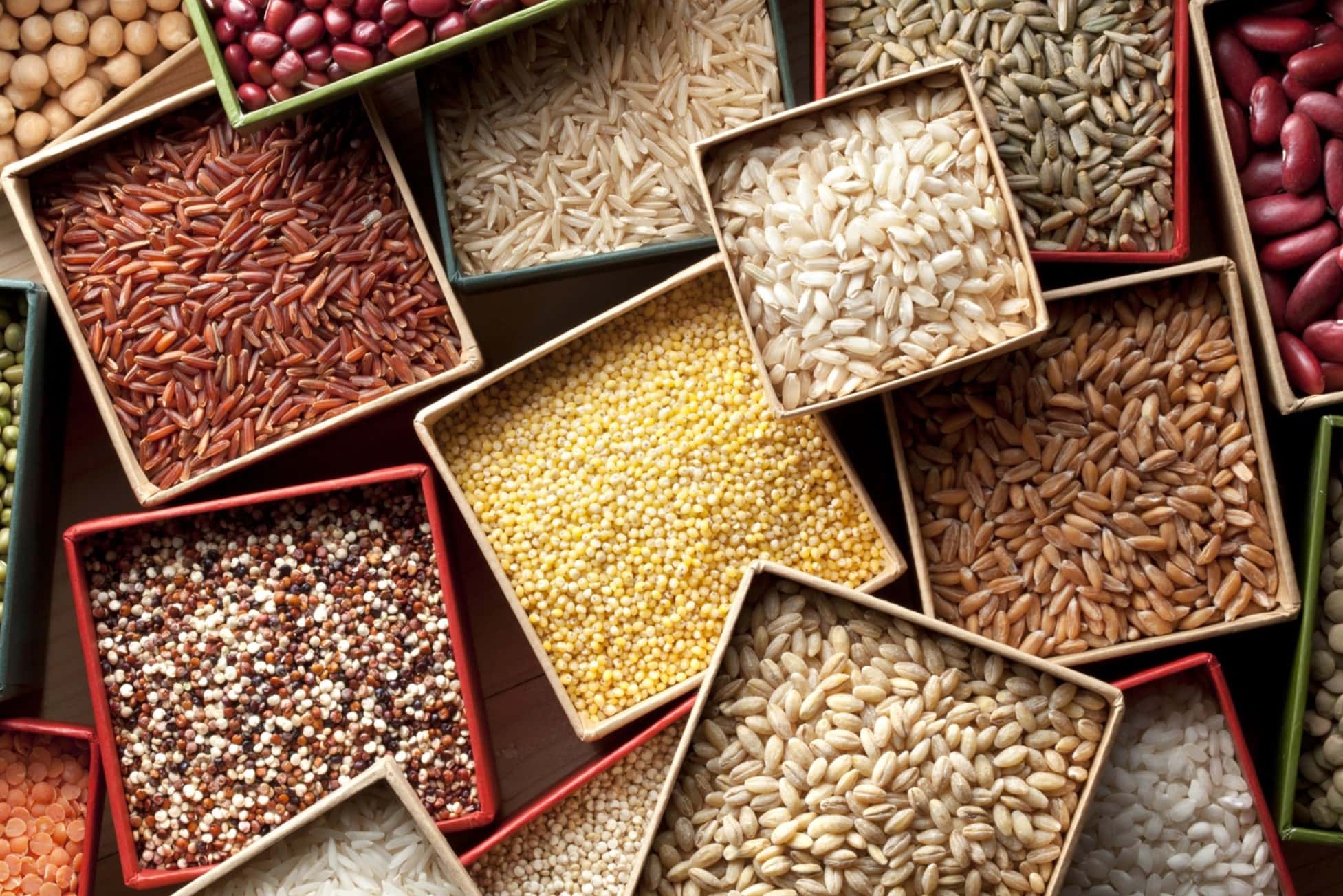

Garden Essentials
What Are Seeds
Modified: March 15, 2024
Discover the essential information about garden seeds and how they contribute to a thriving garden. Explore the benefits of seeds and get expert tips on starting your own garden.
(Many of the links in this article redirect to a specific reviewed product. Your purchase of these products through affiliate links helps to generate commission for Storables.com, at no extra cost. Learn more)
Introduction
Welcome to the fascinating world of seeds! In the realm of gardening, seeds are the foundation upon which all plant life begins. Whether you are a seasoned green thumb or just starting out, understanding the importance and intricacies of seeds is essential for successful gardening. From their structure and germination process to their role in plant propagation, seeds play a fundamental role in the growth and development of plants.
Seeds are the reproductive units of flowering plants, also known as angiosperms. They contain the genetic information necessary to produce new plants, making them an invaluable resource for gardeners and farmers alike. Seeds are the result of the fertilization process, where pollen from the male part of a flower transfers to the female reproductive organs. This fusion of genetic material leads to the formation of a seed, which can then be sown to initiate plant growth.
The significance of seeds extends beyond their role in reproduction. They are a storehouse of nutrients, providing energy and sustenance for the germinating embryo until it emerges as a seedling. Additionally, seeds enable plants to spread and colonize new areas through mechanisms such as seed dispersal.
In this article, we will delve into the world of seeds, exploring their structure, germination process, types, dispersal mechanisms, and more. Whether you are interested in starting your own garden or simply curious about how plants reproduce, this article aims to provide a comprehensive understanding of the incredible journey that seeds undertake to bring forth new life.
So, grab your gardening gloves and prepare to embark on an enlightening journey into the captivating world of seeds!
Key Takeaways:
- Seeds are like plant “babies” containing the embryo, endosperm, and protective coat. They’re crucial for plant reproduction and play a vital role in sustaining life and biodiversity.
- Understanding seed types, structure, germination, and storage is essential for successful gardening. Seeds represent hope, potential, and the cycle of life, contributing to a greener future.
Read more: What Is Germinate
Definition of Seeds
Seeds can be defined as the reproductive structures of plants that contain the embryonic plant, along with a supply of nutrients, enclosed within a protective outer coating. They serve as a means of plant propagation and are essential for the survival and perpetuation of various plant species.
In simpler terms, seeds are like a plant’s “babies.” They are the starting point of a new plant’s life cycle. Inside a seed, there is a tiny, undeveloped plant known as the embryo. Surrounding the embryo is the endosperm, which acts as a source of nutrition for the growing plant. The embryo and endosperm are enclosed within a seed coat, which provides protection from environmental factors such as moisture, temperature extremes, and pests.
Seeds come in different shapes, sizes, and colors, depending on the plant species. Some seeds, like those of sunflowers, are large and easily recognizable, while others, like the tiny seeds of orchids, can be barely visible to the naked eye.
Not all plants produce seeds. Some plants, such as ferns and mosses, reproduce through spores instead. However, the majority of plant species rely on seeds as their primary means of reproduction.
Seeds are typically formed from the fertilization of a plant’s reproductive organs, such as flowers. In the process of fertilization, pollen from the male part of a flower (the stamen) combines with the female reproductive organ (the pistil) to initiate seed development. Once fertilization occurs, the ovule within the pistil develops into a seed, containing the genetic information necessary for creating a new plant.
Seeds are not only crucial for plant propagation but also have significant economic and ecological importance. They serve as a vital food source for humans and wildlife, support ecosystems by providing habitat and nourishment, and are the foundation of agricultural practices, ensuring the production of crops for food and other resources.
The remarkable adaptability and survival mechanisms of seeds have made them a vital link in the cycle of life, enabling plants to persist and thrive in diverse environments across the globe.
Importance of Seeds
Seeds play a crucial role in maintaining and enhancing the natural world around us. Their importance extends far beyond their role in plant reproduction. Here are some key reasons why seeds are essential:
1. Plant propagation: Seeds are the primary means of plant reproduction. They contain the genetic information necessary to create a new plant, preserving the characteristics and traits of the parent plant. By sowing seeds, gardeners and farmers can propagate plants, ensuring their continued existence and diversity.
2. Food production: Seeds are the source of many staple food crops. From grains like rice, wheat, and corn, to pulses like beans and lentils, seeds provide the foundation of our diet. They are rich in essential nutrients, making them a vital component of a balanced and nutritious meal.
3. Biodiversity conservation: Seeds are crucial in maintaining biodiversity. They allow for the preservation of diverse plant species, including endangered and rare plants. By collecting and preserving seeds, scientists and conservationists can protect and restore ecosystems, ensuring the continued existence of plant species and the habitats they support.
4. Ecological balance: Seeds are a vital component of ecosystems. They serve as a food source for wildlife, supporting biodiversity and maintaining ecological balance. Many animals, such as birds and mammals, rely on seeds as a staple part of their diet. Additionally, seeds contribute to the survival and growth of plants, which in turn provide oxygen, filter air and water, and serve as habitats for various organisms.
5. Plant breeding and improvement: Seeds are essential in plant breeding programs. Through careful selection and cross-pollination, breeders can develop improved varieties of crops, with traits such as disease resistance, larger yield, and enhanced nutritional value. These improved seeds contribute to agricultural productivity and food security.
6. Economic value: Seeds have significant economic value. They are not only a commodity for agricultural production but also serve as raw materials in industries such as food processing, oil extraction, and pharmaceuticals. The global seed trade generates billions of dollars annually, fueling economic growth and development.
7. Personal satisfaction and joy: Growing plants from seeds can be a rewarding and fulfilling experience. Whether it’s watching a tiny seedling emerge from the soil or witnessing the beauty of a blooming plant, seeds offer a sense of accomplishment and joy. They provide an opportunity for individuals to connect with nature and engage in a fulfilling and therapeutic hobby.
Seeds are a symbol of hope and resilience, representing the cycle of life and the potential for growth. Understanding their importance and working towards their conservation and sustainable use is vital for a greener and more sustainable future.
Types of Seeds
Seeds come in various forms, each with its own unique characteristics and adaptations. Here are some of the commonly recognized types of seeds:
- Monocotyledonous Seeds: Monocot seeds are characterized by having a single cotyledon, which is the embryonic leaf within the seed. Examples of monocot seeds include grains like rice, wheat, and corn, as well as grasses and lilies. These seeds usually have a characteristic shape, such as oval or elongated, and the endosperm provides nourishment to the developing embryo.
- Dicotyledonous Seeds: Dicot seeds are distinguished by having two cotyledons, or embryonic leaves, within the seed. Many flowering plants, including vegetables, fruits, and trees, produce dicot seeds. These seeds tend to be larger and have various shapes, depending on the plant species. The cotyledons act as nutrient stores, providing energy for the growing embryo.
- Orthodox Seeds: Orthodox seeds have a high tolerance for desiccation, meaning they can survive drying out. These seeds can be stored for long periods without losing viability. Examples of orthodox seeds include those of beans, tomatoes, and many tree species. They are commonly used in seed banks and conservation efforts.
- Recalcitrant Seeds: Unlike orthodox seeds, recalcitrant seeds have a limited ability to withstand drying out. They require specific storage conditions, including high humidity and moderate temperatures, to retain their viability. Many tropical and subtropical tree species produce recalcitrant seeds, such as mangoes and avocados.
- Epigeal Seeds: Epigeal seeds germinate above the soil surface, where the cotyledons emerge and become photosynthetic. Examples of plants with epigeal seeds include beans, sunflowers, and watermelons. The cotyledons of these seeds push through the soil, lifting the seedling above ground level.
- Hypogeal Seeds: Hypogeal seeds germinate below the soil surface, and the cotyledons remain in the soil. Instead of becoming photosynthetic, the cotyledons serve as a nutrient reserve for the developing seedling. Examples of plants with hypogeal seeds include peanuts, peas, and oak trees.
- Hard-coated Seeds: Some seeds have a hard outer coat that protects them from external factors and provides dormancy. These seeds often require specific conditions, such as scarification or stratification, to break dormancy and initiate germination. Examples of plants with hard-coated seeds include morning glories and sweet peas.
- Light-dependent Seeds: Light-dependent seeds require exposure to light for germination. They will not germinate if buried too deeply in the soil. Lettuce, petunias, and many herbaceous plants produce light-dependent seeds.
Understanding the different types of seeds can help gardeners and horticulturists choose appropriate cultivation methods and provide the necessary conditions for successful germination and growth. Each type of seed has its own unique requirements and characteristics, contributing to the diversity and beauty of the plant kingdom.
Seed Structure
Seeds are incredible structures with a well-defined anatomy designed to protect and nourish the developing embryo. Understanding the basic structure of a seed can provide valuable insights into its function and the conditions necessary for germination. Here is a breakdown of the primary components of a typical seed:
- Seed Coat: The seed coat, also known as the testa, is the outer protective layer of the seed. It acts as a barrier, preventing moisture loss and protecting the embryo from physical damage, pathogens, and extreme temperatures. The seed coat can vary in texture and thickness depending on the plant species.
- Cotyledons: The cotyledons, also referred to as seed leaves, are part of the embryo and serve as the primary site for nutrient storage. In dicot seeds, the cotyledons are usually thick and fleshy, storing reserves of carbohydrates, proteins, and lipids to support the early growth of the seedling. Monocot seeds typically have one cotyledon that remains slender and elongated.
- Plumule: The plumule is the embryonic shoot that develops from the upper end of the embryo. It consists of the epicotyl, which is the portion of the stem above the cotyledons, and the primary leaves that will unfold as the seedling grows.
- Radicule: The radicule, also known as the embryonic root, emerges from the lower end of the embryo. It is responsible for the initial anchoring of the seedling in the soil and the absorption of water and nutrients from the surrounding environment.
- Endosperm: The endosperm is a tissue that provides nourishment to the developing embryo. It is found in some seeds, especially monocots, and serves as a food reserve. The endosperm supplies carbohydrates, proteins, and lipids to support the growth of the embryo until it can establish photosynthesis.
- Embryo Axis: The embryo axis is the central axis of the seed encompassing the radicle, plumule, and hypocotyl. It serves as the primary structure for the development of the seedling.
- Hilum: The hilum is a scar on the seed coat where the seed was attached to the ovary wall. It is the site where nutrients and water are absorbed during germination.
- Micropyle: The micropyle is a small opening in the seed coat located near the hilum. It allows for the entry of water during germination.
The structure of a seed can vary among different plant species, reflecting their unique adaptations and requirements. Some seeds may have additional structures, such as wings or hooks, which aid in dispersal. Understanding the anatomy of seeds can assist gardeners in providing the right conditions for germination and ensuring the successful growth of plants from seed.
Read more: What Is A Seed?
Seed Germination
Seed germination is the process by which a seed develops into a new plant. It is a complex and fascinating journey that involves the activation of metabolic processes and the emergence of the embryonic shoot and root. Here is a breakdown of the key stages and factors involved in seed germination:
- Imbibition: Germination begins with imbibition, which is the uptake of water by the seed. As the seed absorbs water, it swells, softening the seed coat and activating physiological processes within the embryo.
- Activation of Metabolic Processes: With the presence of water, enzymes within the seed are activated, initiating metabolic activities. These processes involve the conversion of stored reserves, such as starch and proteins, into usable forms of energy for the growing seedling.
- Embryo Growth: As energy is released, the embryo undergoes growth. The plumule, or shoot, elongates and pushes through the soil towards the light, while the radicle, or root, elongates and anchors the seedling in the soil.
- Development of Cotyledons: The cotyledons, which initially provided nourishment to the embryo, may become visible as they emerge from the seed coat. In dicot seeds, the cotyledons often expand and become photosynthetic, helping to sustain the growing seedling.
- Root System Establishment: The emerging radicle develops into the primary root, which then gives rise to lateral roots. These roots explore the soil, absorbing water and nutrients to sustain the growing seedling.
- Photosynthesis: Once the seedling develops leaves, it can initiate photosynthesis, the process by which plants convert light energy into chemical energy. This allows the plant to produce its own food and fuel further growth and development.
- Establishment of Above-Ground Shoot: As the seedling continues to grow, the shoot system develops further, producing leaves and stems. These structures enable the plant to capture sunlight, absorb carbon dioxide, and perform vital functions such as transpiration and respiration.
Seed germination is influenced by several factors, including temperature, moisture, oxygen availability, light, and the presence of proper nutrients. Different plant species have specific requirements for optimal germination. Some seeds may require exposure to light, while others may need a period of cold stratification or scarification to break dormancy and initiate germination.
Gardeners can enhance seed germination by providing favorable conditions, such as maintaining appropriate moisture levels, providing adequate sunlight or darkness as required, and ensuring proper soil temperature. By understanding the germination process and meeting the specific needs of different seeds, gardeners can maximize the success and efficiency of their planting endeavors.
Seeds are tiny, dormant plants inside a protective outer shell. They need water, air, and warmth to grow. Planting seeds in soil and caring for them will help them sprout and grow into new plants.
Factors Affecting Seed Germination
Seed germination is influenced by a variety of factors that can impact the success and timing of the process. Understanding these factors is crucial for gardeners and farmers to create optimal conditions for seed germination. Here are some of the key factors that affect seed germination:
- Water: Adequate water availability is essential for seed germination. Water activates enzymes within the seed, initiating metabolic processes and signaling the seed to begin growth. Insufficient water can lead to delayed or incomplete germination, while excessive water can cause the seed to rot.
- Temperature: Seeds have temperature preferences for germination. Each plant species has an optimum temperature range in which germination occurs most efficiently. Cooler temperatures may cause slower germination, while extreme heat can be detrimental to seed viability. By providing the appropriate temperature conditions, gardeners can promote successful germination.
- Oxygen: Like all living organisms, seeds need oxygen for metabolic processes to occur. Adequate oxygen levels in the soil are crucial for the respiration process during germination. Poorly drained or compacted soils may restrict oxygen availability, leading to low germination rates or the development of weak seedlings.
- Light: Light availability can have varying effects on seed germination, depending on the plant species. Some seeds require exposure to light for germination, while others need darkness. This phenomenon is known as photoblastic germination. Understanding the light requirements of specific seeds is vital for ensuring their successful germination.
- Seed Quality: The quality of the seed itself plays a significant role in germination success. Seeds that are fresh, mature, and free from damage or disease have a higher likelihood of germinating. Proper seed storage conditions, such as cool and dry environments, help maintain seed viability over time.
- Seed Dormancy: Dormancy is a natural protective mechanism that prevents the immediate germination of seeds, ensuring they only sprout under favorable conditions. Dormancy can be caused by various factors, such as seed coat impermeability, chemical inhibitors, or physiological factors. Overcoming dormancy often requires specific treatments, such as scarification, stratification, or exposure to specific temperatures or chemicals.
- Seed Viability: The viability of a seed refers to its ability to germinate and produce a viable seedling. The longer seeds are stored, the more their viability tends to decline. Some seeds have a short shelf life and must be sown within a specific timeframe to ensure successful germination.
- Nutrition: While initially, seeds contain sufficient nutrients to sustain early growth, additional nutrients become crucial as the seedling develops. Providing a well-balanced soil with adequate nutrients promotes healthy seedling growth and establishment.
By understanding and managing these factors, gardeners and farmers can optimize conditions for seed germination and maximize the success of their planting endeavors. Each plant species may have specific requirements, so it is essential to research and cater to the needs of individual seeds to ensure successful germination and healthy seedling development.
Seed Dispersal
Seed dispersal is a crucial process that allows plants to colonize new areas and ensure their survival. It involves the movement of mature seeds away from the parent plant, increasing their chances of germination and reducing competition for resources. The diverse mechanisms and strategies employed by plants for seed dispersal are fascinating and efficient. Here are some common methods of seed dispersal:
- Wind Dispersal: Many plants have evolved adaptations to disperse their seeds through the wind. These seeds are usually lightweight, equipped with structures like hairs, wings, or parachutes, which allow them to be carried by air currents over long distances. Examples of wind-dispersed seeds include those of dandelions, maples, and cottonwood trees.
- Water Dispersal: Seeds that employ water dispersal mechanisms are often buoyant and can float on water bodies. They are adapted to withstand the water’s movement and may have specialized structures to aid in flotation. Common examples are the seeds of aquatic plants like water lilies and coconuts, which can transport their seeds across bodies of water to new locations.
- Animal Dispersal: Many plants rely on animals to help disperse their seeds. They have evolved various adaptations to entice animals to carry their seeds. Some plants produce fruits with fleshy and nutritious pulp that animals consume. The seeds pass through the animal’s digestive system and are deposited elsewhere in feces. This method, known as endozoochory, is used by plants such as berries, cherries, and apples. Other plants have seeds with hooks, barbs, or burrs that attach to the fur or feathers of animals, allowing them to be carried away. This method, called epizoochory, is employed by plants like burdock and cockleburs.
- Explosive Dispersal: Some plants have developed mechanisms that cause their mature seed pods to burst open forcefully, dispersing seeds in all directions. This explosive dispersal allows seeds to be scattered away from the parent plant. Plants like the touch-me-not (Impatiens) and violets employ this method of dispersal.
- Ant Dispersal: Certain plants rely on ants to disperse their seeds through a process known as myrmecochory. The seeds have elaiosomes, nutritious structures attached to them that attract ants. The ants carry the seeds to their nests, consume the elaiosomes, and discard the seeds, effectively spreading them to new locations. Trillium and bloodroot are examples of plants that use this strategy.
Seed dispersal is essential for plant survival and plays a vital role in maintaining biodiversity. It allows plants to colonize new habitats, escape competition with parent plants and siblings, and reach areas where they can thrive. It also helps in the reestablishment of vegetation after disturbances like fires or clearing.
Understanding seed dispersal mechanisms is valuable for gardeners and conservationists. It helps them plan gardening designs that promote natural seed dispersal and the establishment of diverse plant communities. By maintaining habitats that support various dispersal methods, we can contribute to the health and sustainability of ecosystems.
Seed Dormancy
Seed dormancy is a natural mechanism that prevents seeds from germinating immediately after they are formed. It allows seeds to remain viable and conserve resources until conditions are favorable for germination and seedling growth. Dormancy can be caused by various factors, and understanding the mechanisms and breaking dormancy is essential for successful seed germination. Here are some key aspects of seed dormancy:
Causes of Seed Dormancy:
Seed dormancy can be caused by both internal and external factors:
- Seed Coat Impermeability: Some seeds have hard or impermeable seed coats that prevent water and gases from entering or exiting the seed. This dormancy mechanism ensures that the seed remains dormant until conditions are suitable for germination. Scarification, which involves breaking or weakening the seed coat, can help overcome this type of dormancy.
- Chemical inhibitors: Some seeds contain naturally occurring chemicals or hormonal inhibitors that prevent germination. These inhibitors can either be present in the seed coat or within the embryo itself. Leaching or washing away these inhibitors by soaking or stratification can break dormancy.
- Physiological Dormancy: Physiological dormancy occurs when the embryo inside the seed is not fully developed or lacks maturity. This dormancy mechanism ensures that the seedling does not emerge until it has a higher chance of survival. Exposure to specific temperatures or a period of cold stratification can help break physiological dormancy.
- Seasonal Conditions: Some seeds have adapted to germinate only under specific environmental conditions, such as the change of seasons. For example, certain seeds require a period of exposure to cold temperatures (stratification) in order to break dormancy and germinate when spring arrives.
Methods to Break Seed Dormancy:
To successfully germinate dormant seeds, several methods can be employed:
- Scarification: Scarification involves breaking or weakening the seed coat to allow water and gases to penetrate the seed. This can be achieved by mechanical methods such as scratching or rubbing the seed coat, or by using chemical treatments like soaking the seeds in hot water or sulfuric acid.
- Stratification: Stratification mimics the natural seasonal cycles that dormant seeds experience. It involves subjecting seeds to specific temperature and moisture conditions for a certain duration to break dormancy. This can be done by placing seeds in a moist medium such as sand or peat and refrigerating them for a period of time.
- Leaching: For seeds with external chemical inhibitors, leaching or washing away the inhibitors can help break dormancy. This can be done by soaking the seeds in water or providing repeated cycles of wetting and drying.
- Seed Stratification: Some seeds require multiple levels of dormancy-breaking treatments, such as a combination of scarification and stratification. This method may be necessary for seeds with hard coats and internal inhibitors.
It is important to note that not all dormant seeds require action to break dormancy. Some seeds have natural mechanisms to overcome dormancy over time, through exposure to environmental conditions. Understanding the specific dormancy requirements of different seeds is key to promoting successful germination.
Seed dormancy is a vital and adaptive mechanism that allows plants to synchronize germination with suitable environmental conditions. By understanding dormancy and employing appropriate treatment methods, gardeners and horticulturists can maximize the germination success of a wide range of plant species and enjoy the beauty and diversity of a thriving garden.
Read more: What Is A Rapeseed
Seed Saving and Storage
Seed saving is the practice of collecting, storing, and preserving seeds from plants for future use. It is a valuable and sustainable gardening technique that allows gardeners to maintain a diverse range of plant varieties, adapt crops to specific environmental conditions, and save money on purchasing new seeds. Here are some essential considerations for successful seed saving and storage:
Choosing the Right Seeds:
When saving seeds, it is important to start with healthy and mature seeds from open-pollinated or heirloom plant varieties. Open-pollinated plants produce seeds that will grow into plants with similar traits to their parent, allowing for consistent characteristics across generations. These seeds are preferred over hybrid or genetically modified seeds, as the latter may not produce reliable or true-to-type offspring.
Harvesting Seeds:
Seed harvesting involves allowing plants to reach full maturity before collecting the seeds. This can typically be identified when the fruits or seed heads have turned brown or dried on the plant. It is important to ensure that the seeds are fully dry before harvesting to prevent molding or rotting during storage.
For fruits and vegetables, the seeds are often extracted by cutting open the fruit, removing the seeds, and separating them from the surrounding pulp. For plants with pods or seed heads, the seeds can be collected by gently shaking or rubbing them over a container to release and collect the seeds.
Seed Cleaning:
Once the seeds are harvested, they need to be properly cleaned to remove any debris or remaining fruit or chaff. This can be done by winnowing, sieving, or using other methods to separate the seeds from unwanted materials. Proper cleaning ensures the longevity and quality of the stored seeds.
Seed Storage:
Proper storage conditions are crucial to maintain seed viability and prevent premature germination or deterioration. Some key factors to consider are:
- Temperature: Seeds should be stored in a cool and dry environment, ideally between 32°F and 41°F (0°C and 5°C). This helps slow down the aging process and prolongs seed viability.
- Moisture: Seeds should be stored in a low-humidity environment to prevent mold or rot. A moisture level of around 8-12% is ideal for most seeds.
- Airtight Containers: To protect seeds from moisture and oxygen, they should be stored in airtight containers such as glass jars or sealed plastic bags. Adding desiccant packets can further help absorb any moisture that may be present.
- Labeling: Properly label each container with the plant name, variety, and the date of collection. This ensures accurate identification and organized seed storage.
- Location: Find a storage location that is dark and away from direct sunlight, as exposure to light can reduce seed viability.
Seed Viability Testing:
To maintain a supply of viable seeds, it is recommended to periodically test the germination rate of stored seeds. This can be done by placing a small sample of seeds on a moist paper towel or in seed trays and monitoring their germination over a specific period. If the germination rate falls below an acceptable level, it may be time to refresh the seed stock.
By practicing seed saving and proper storage techniques, gardeners can preserve plant diversity, adapt crops to local conditions, and maintain a sustainable seed supply. It is a rewarding and empowering practice that contributes to the long-term health and resilience of our gardens and ecosystems.
Conclusion
Seeds are the foundation upon which the entire world of plant life exists. They are not only essential for plant reproduction but also play a critical role in sustaining human life and the environment. Understanding the intricacies of seeds, from their structure and germination process to their dispersal and storage, is vital for gardeners, farmers, and anyone with an interest in the botanical world.
Through their diverse shapes, sizes, and adaptations, seeds have evolved remarkable strategies for dispersal to maximize their chances of survival and colonization of new habitats. Whether it’s wind dispersal, animal-mediated dispersal, or water dispersal, each mechanism demonstrates the incredible resilience and adaptability of plants.
Seed germination is a complex process influenced by factors such as water, temperature, and light. By providing the optimal conditions for germination, gardeners can ensure the successful growth of healthy seedlings. Understanding seed dormancy and employing appropriate methods to break dormancy can further enhance germination success.
Furthermore, seed saving and storage are essential practices that allow us to preserve plant diversity, adapt crops to specific conditions, and foster sustainable gardening habits. Proper harvesting, cleaning, and storage techniques ensure the longevity and viability of our seed stocks, enabling us to continue growing a wide variety of plants year after year.
Seeds are not just the building blocks of plants; they represent hope, potential, and the cycle of life. As gardeners, horticulturists, and stewards of the natural world, recognizing the importance of seeds and incorporating sustainable seed-saving practices into our gardening routines can contribute to the overall health and resilience of our environment.
So, whether you’re sowing seeds in your backyard garden, exploring the wonders of plant propagation, or simply marveling at the diversity of seeds, remember that within each tiny seed lies the potential for life, beauty, and a greener future.
Frequently Asked Questions about What Are Seeds
Was this page helpful?
At Storables.com, we guarantee accurate and reliable information. Our content, validated by Expert Board Contributors, is crafted following stringent Editorial Policies. We're committed to providing you with well-researched, expert-backed insights for all your informational needs.
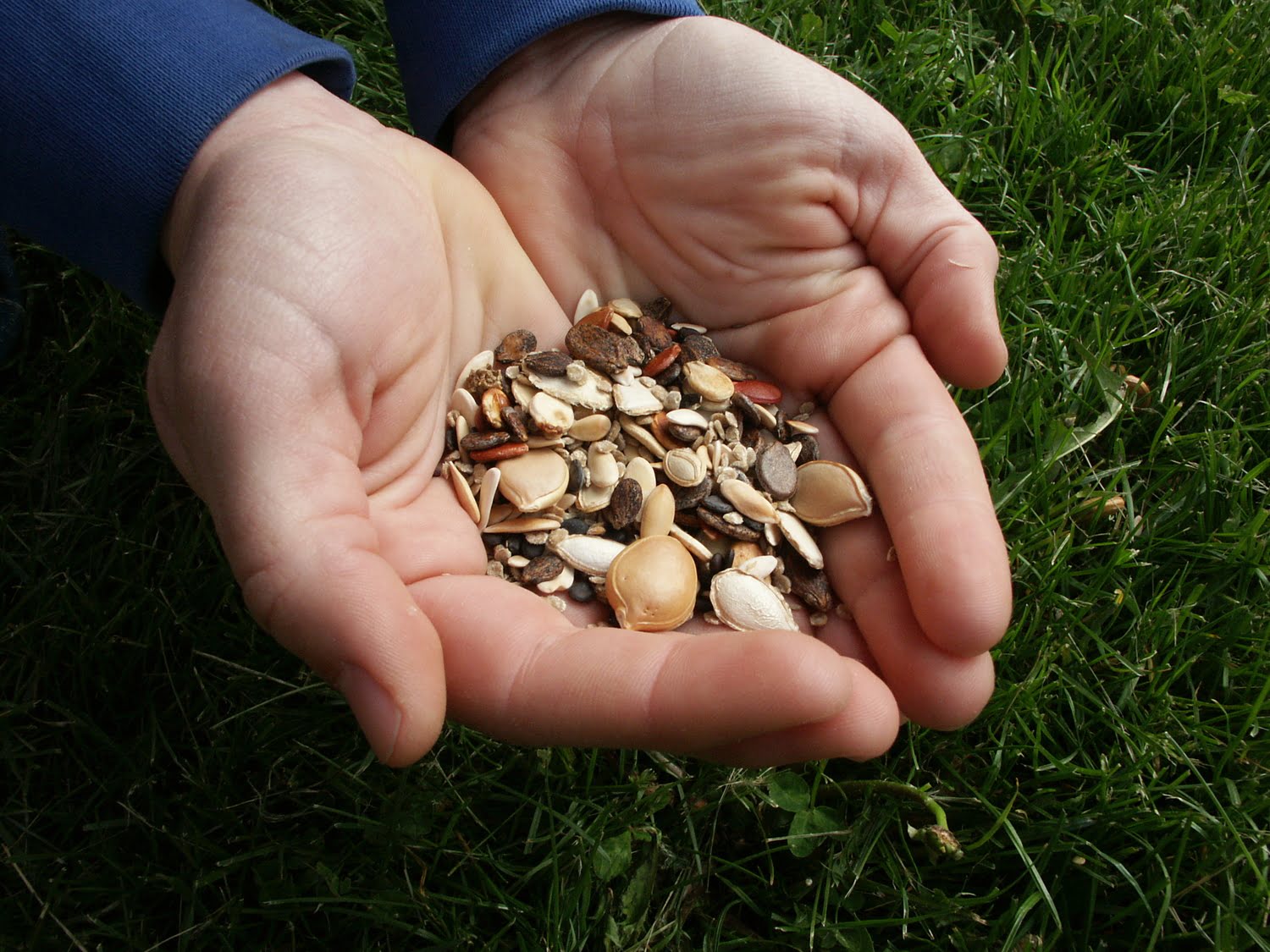
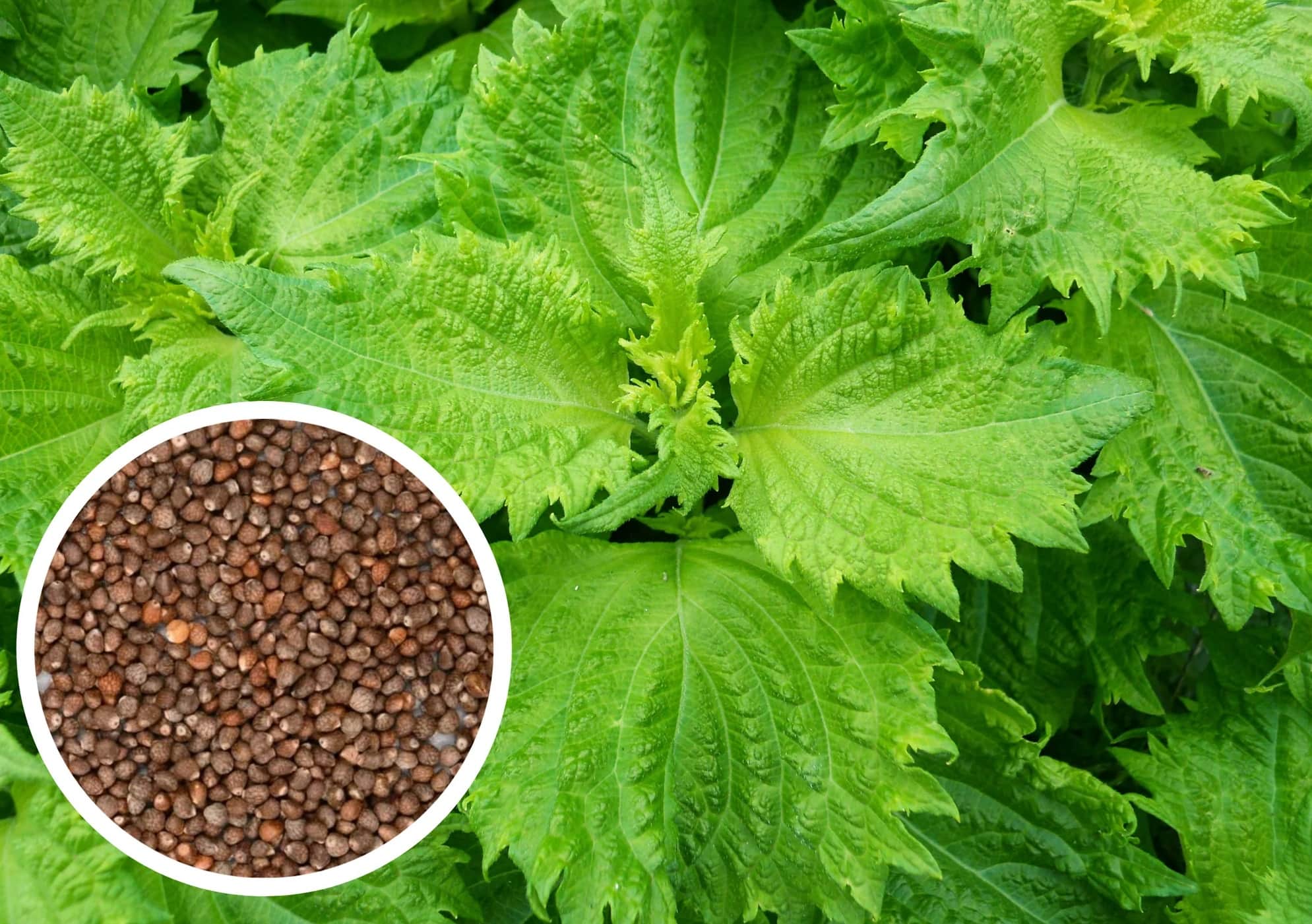
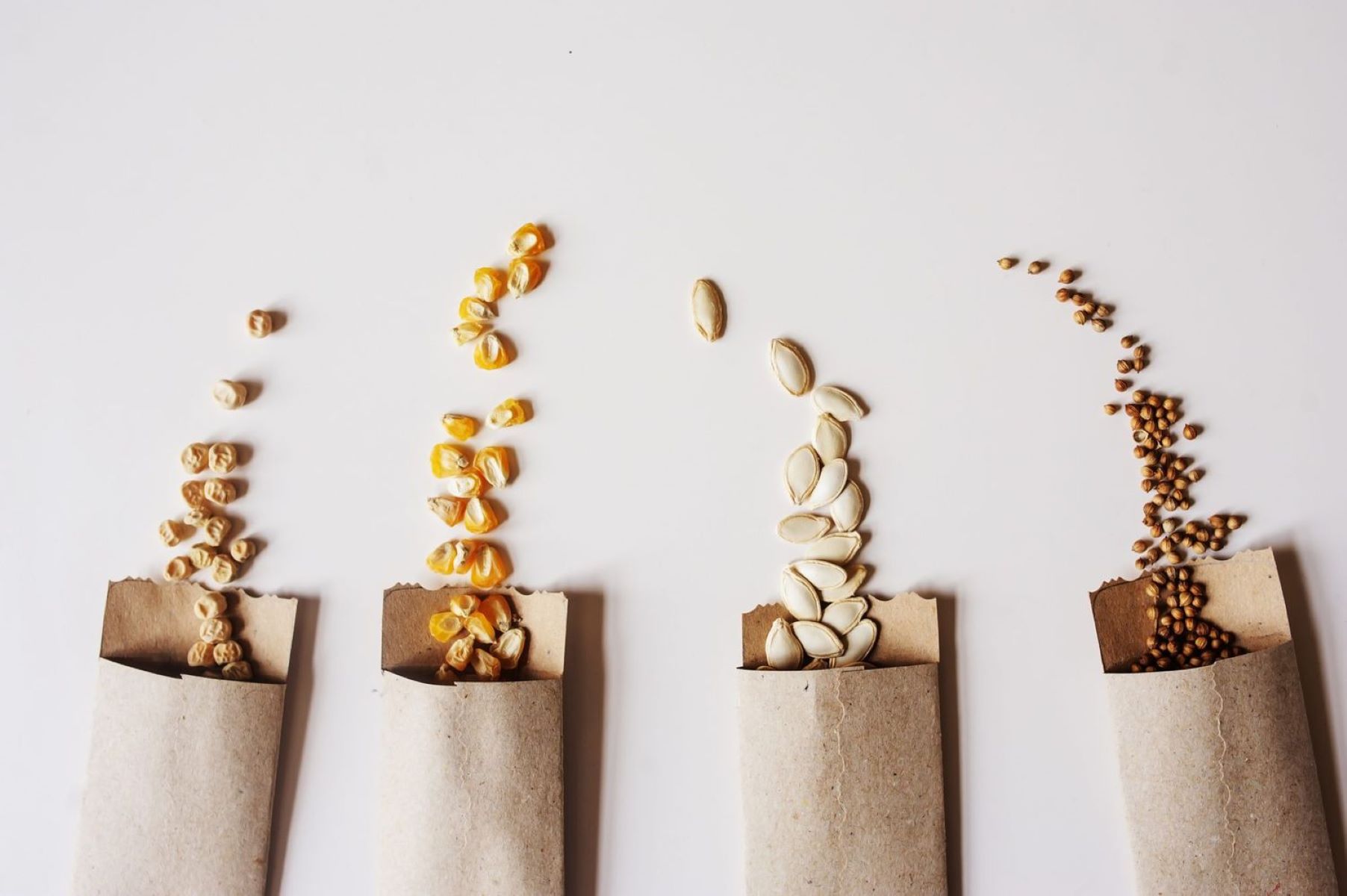
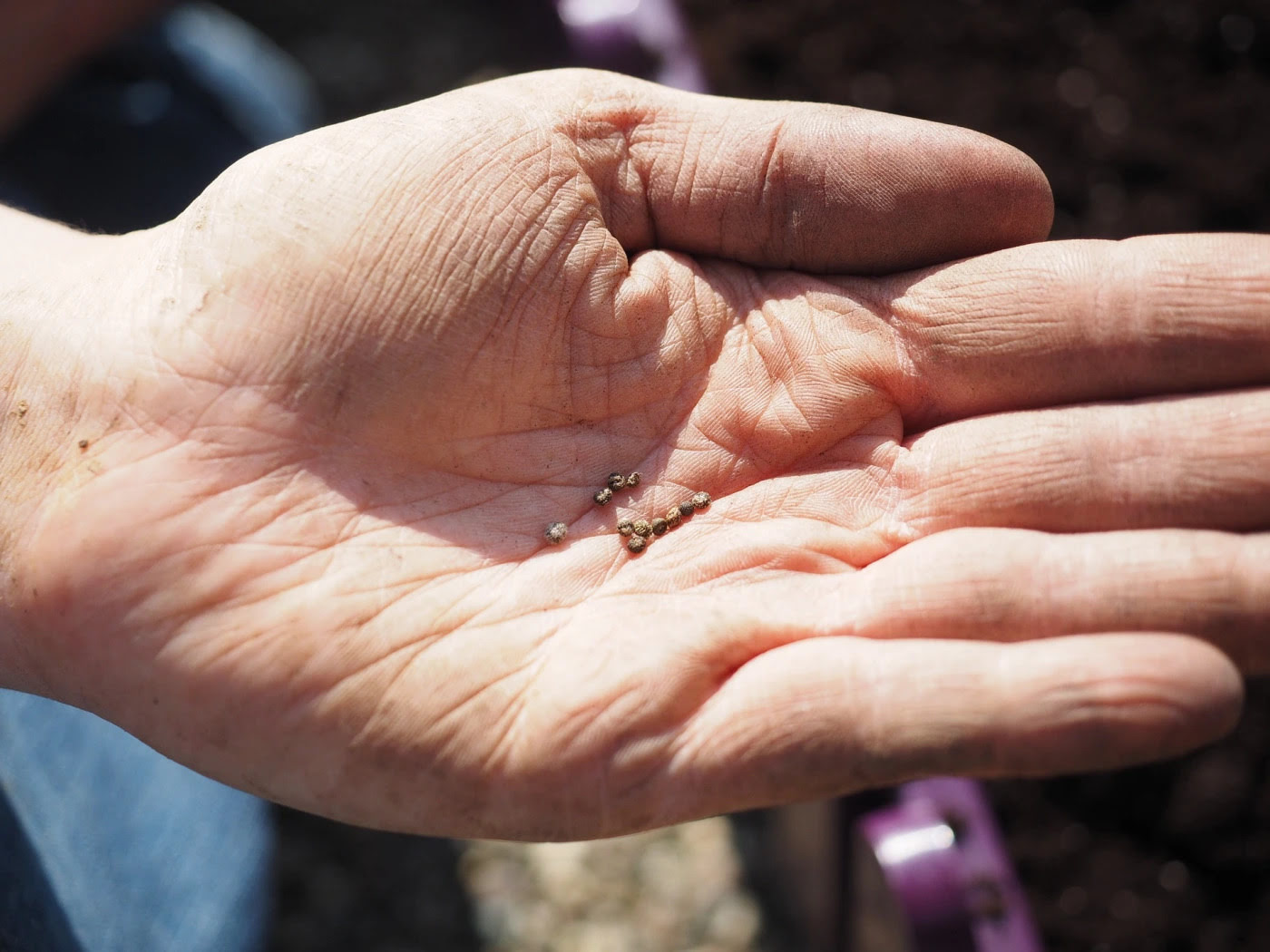
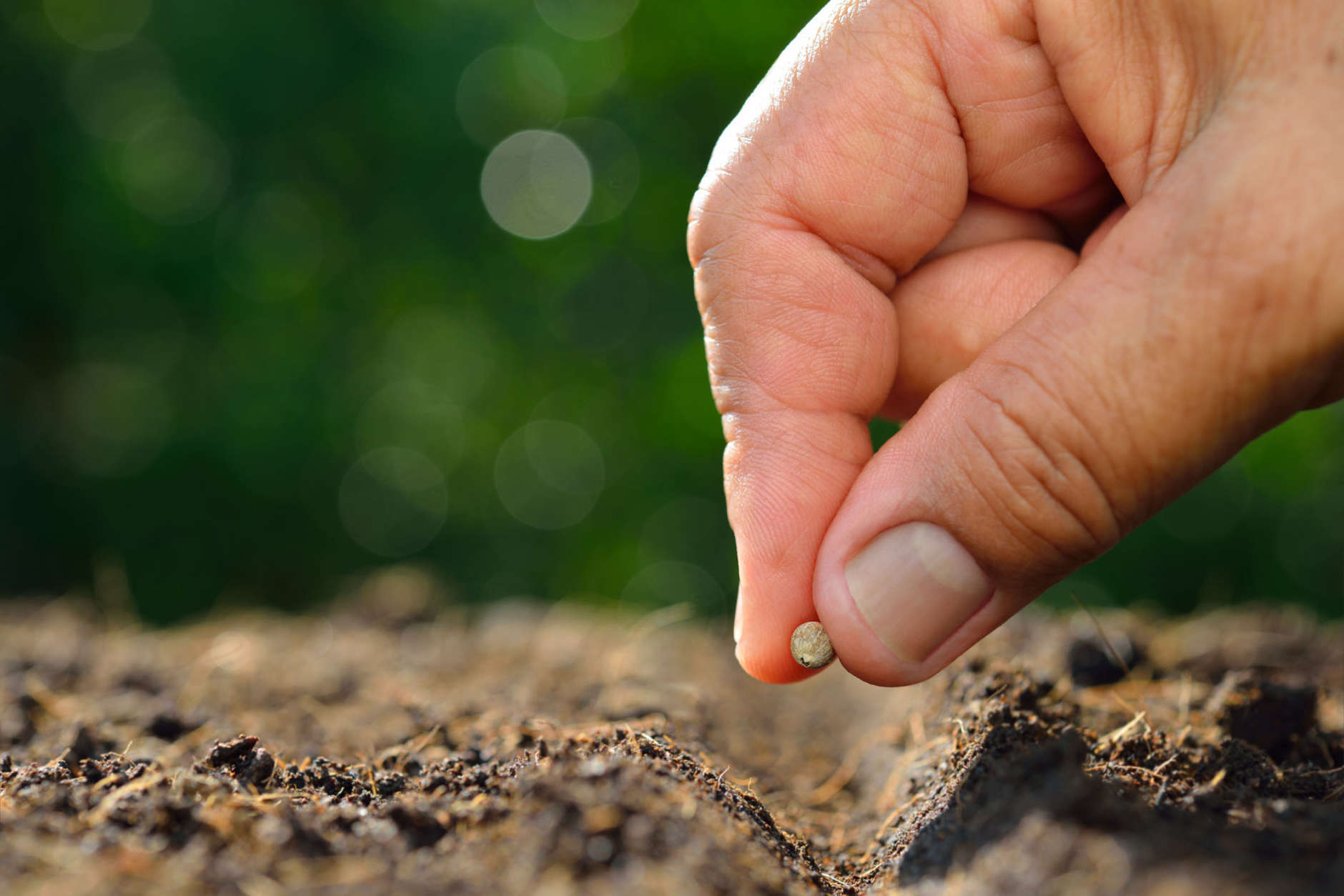

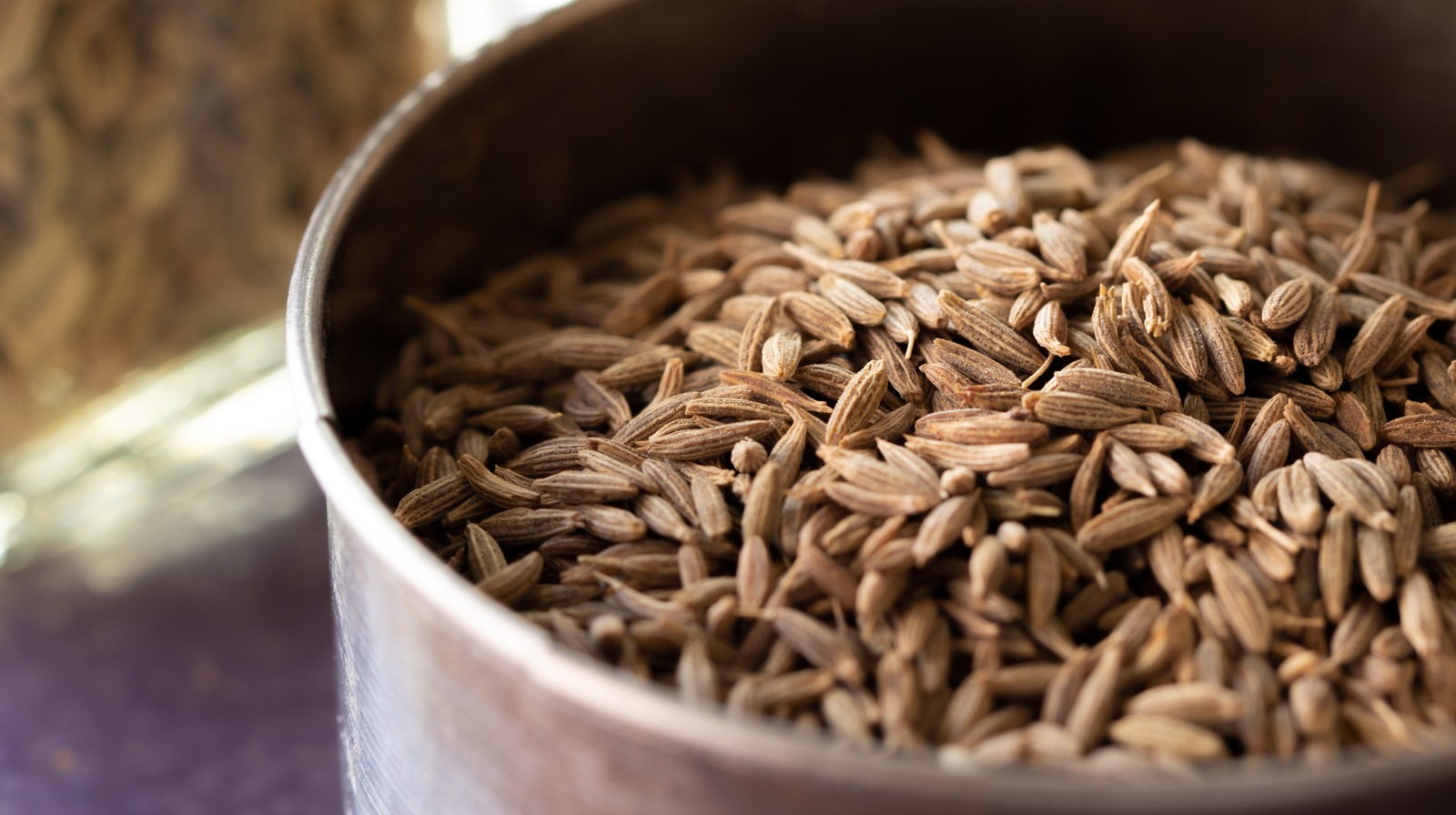
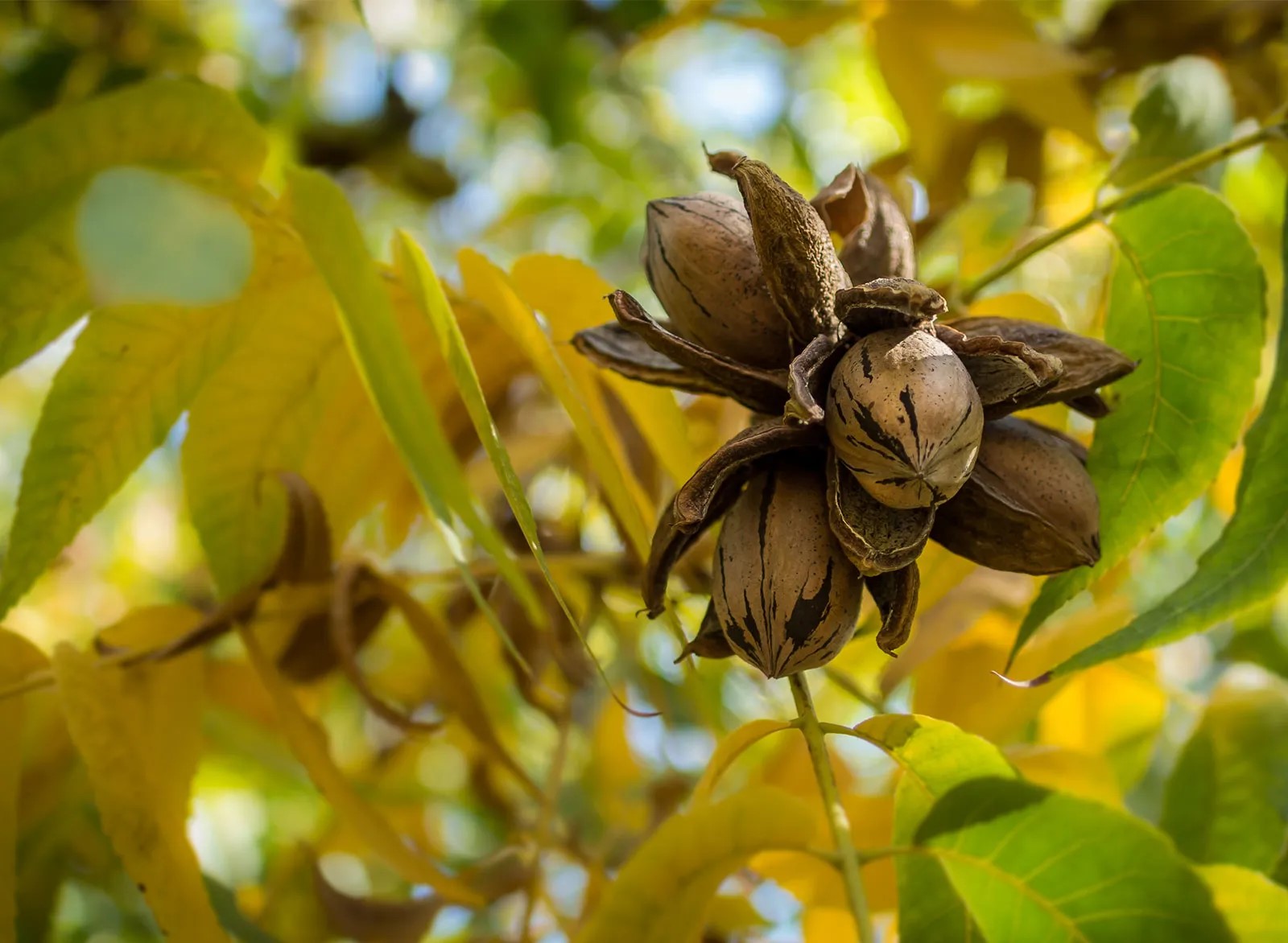
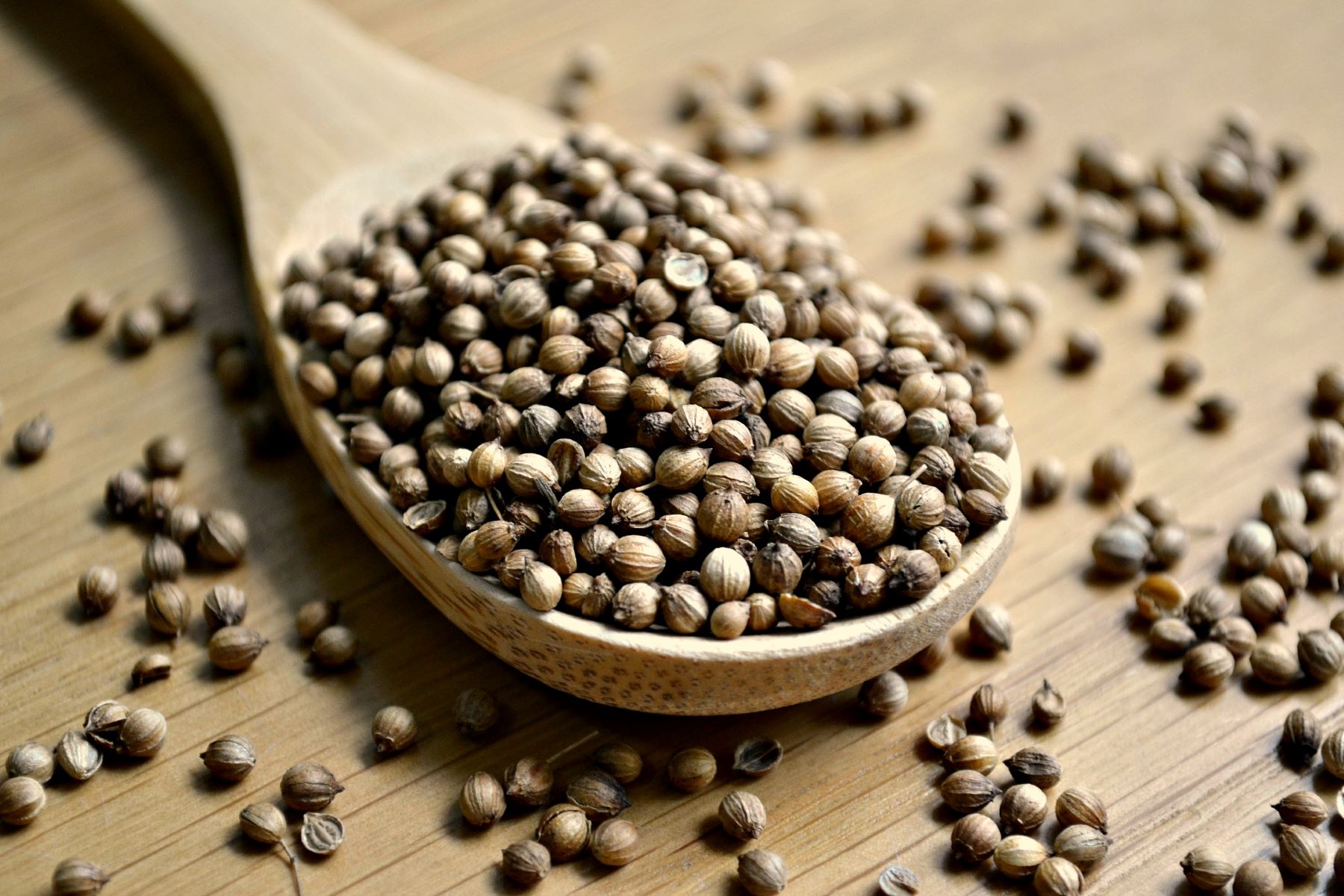
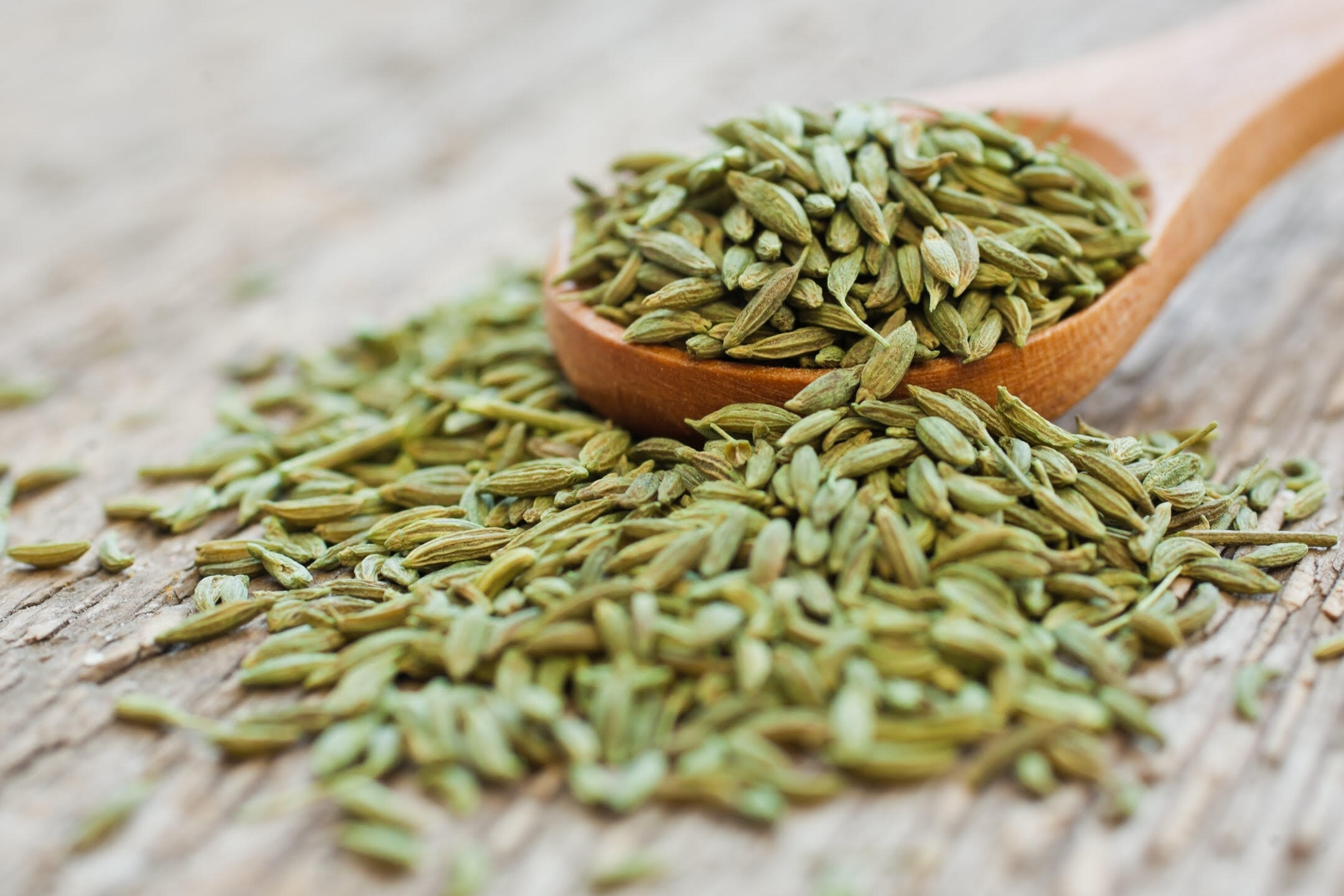
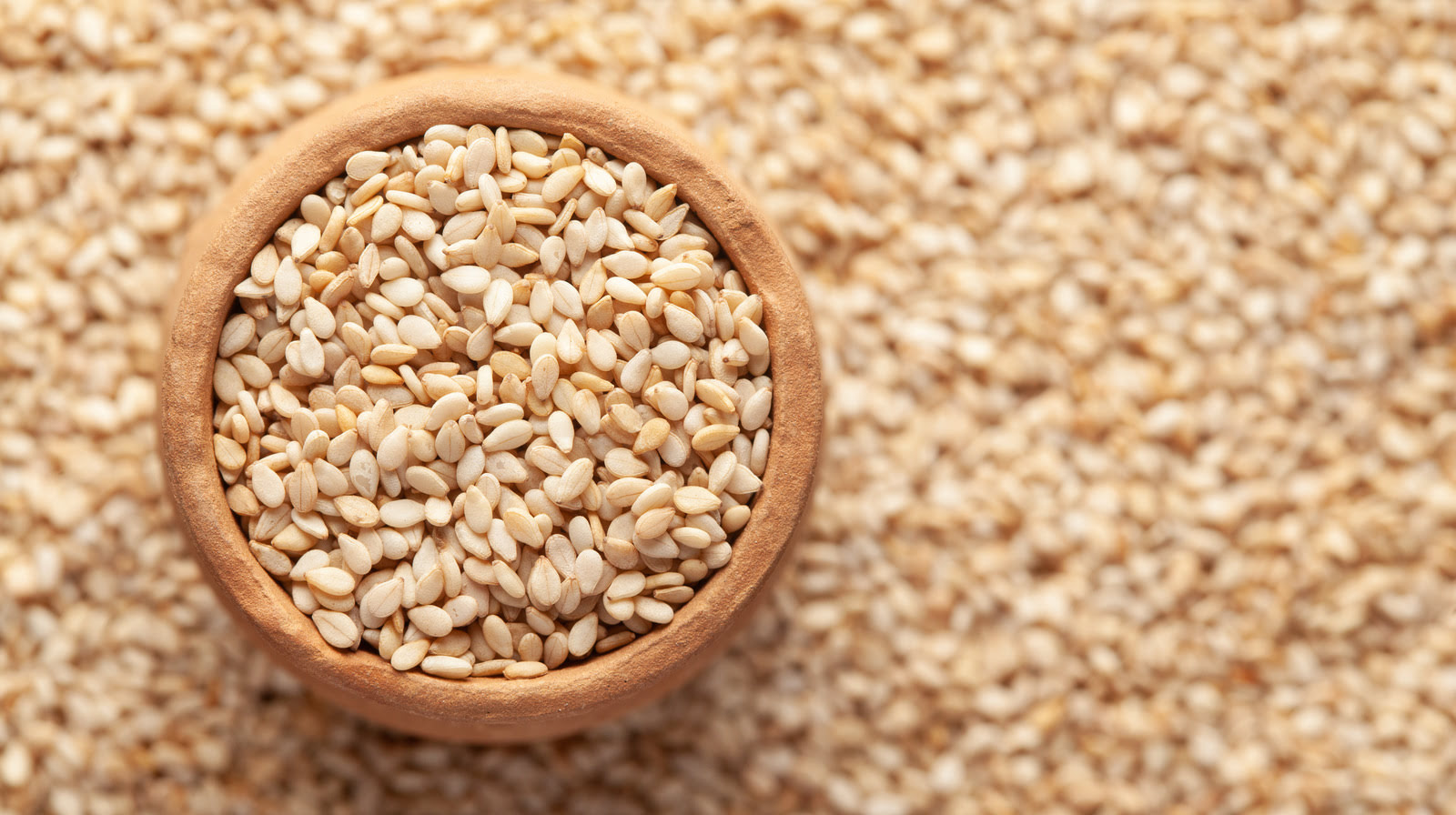
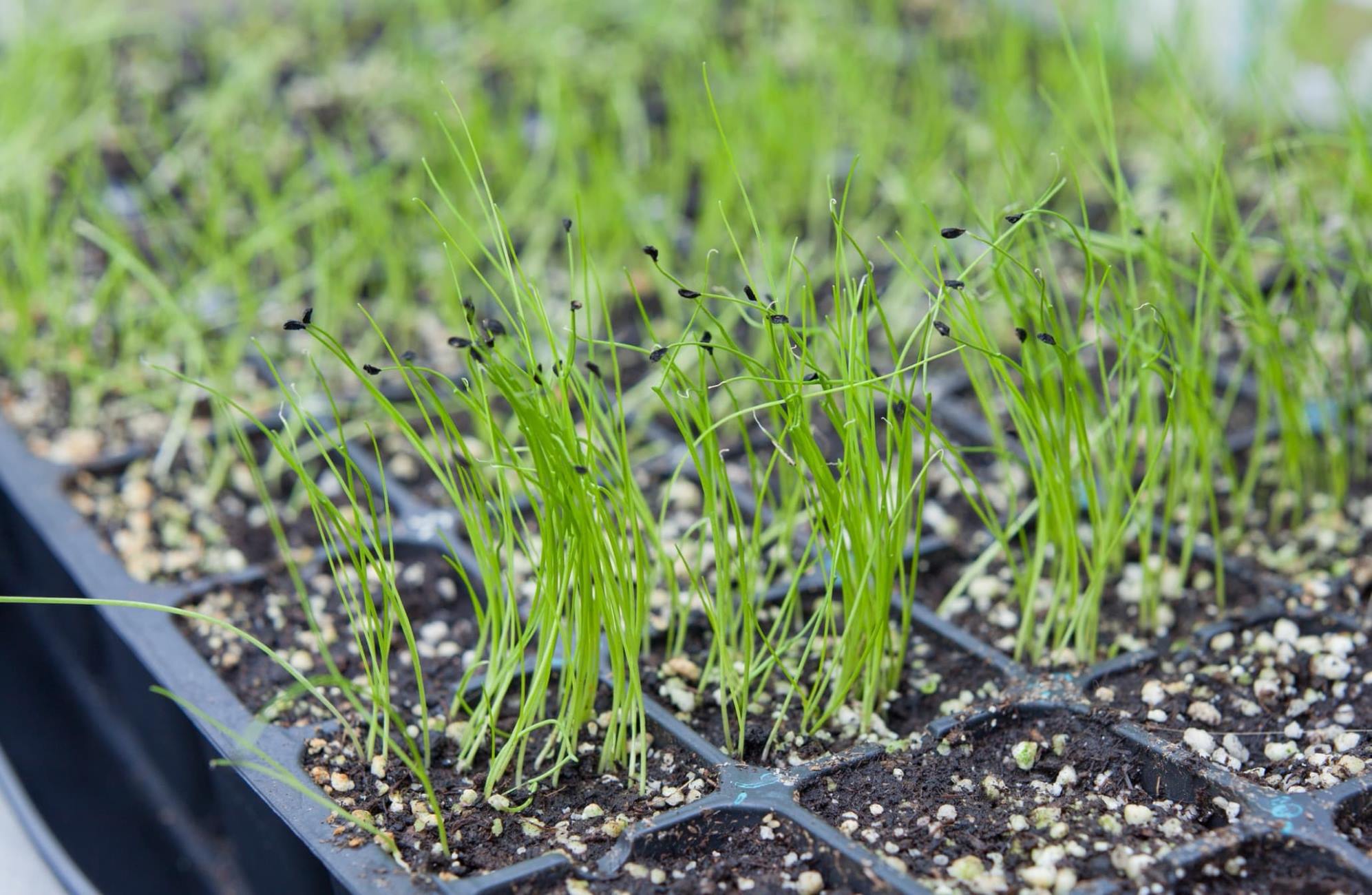
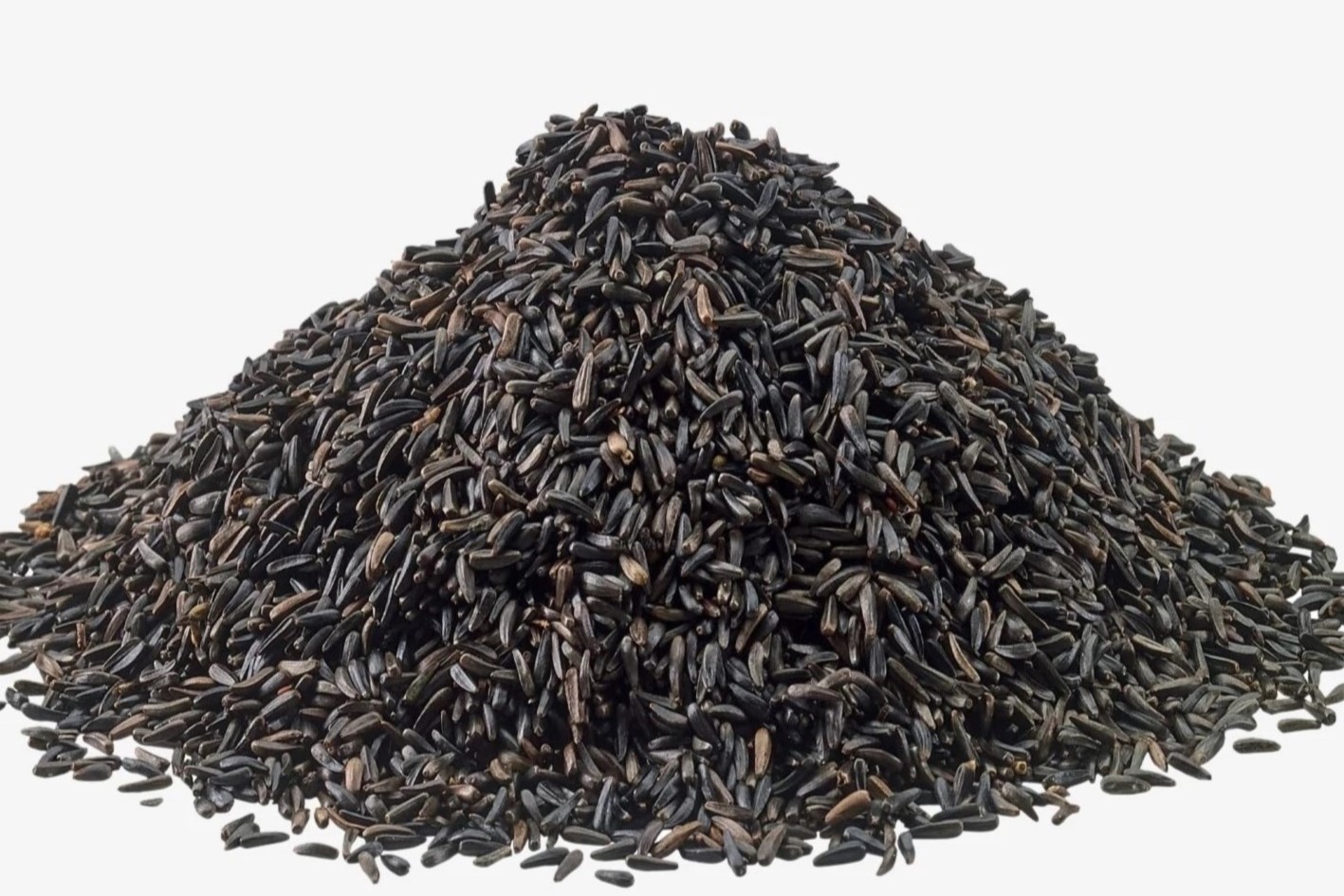

0 thoughts on “What Are Seeds”